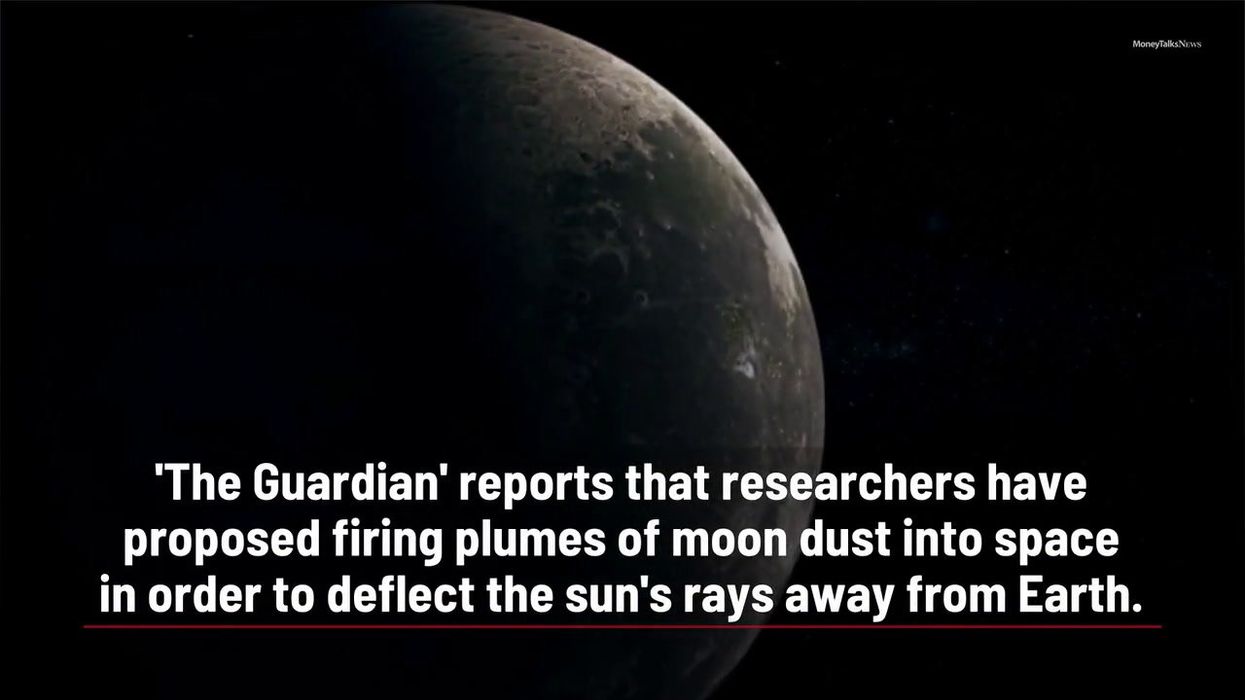Ellie Abraham
Mar 02, 2023
Researchers Propose Mining the Moon For Dust to Block the Sun from …
content.jwplatform.com
In quite a boss move that we mere mortals only wish we could do, scientists have discovered that the Moon is very slowly, but surely, drifting further away from Earth.
The Moon was long ago used as a calendar by ancient human civilizations and now we know that the Moon and Earth are intrinsically linked by gravitational pulls.
But now, scientists have made the discovery that the Moon is drifting away from Earth by 3.8cm per year, according to NASA.
Experts made the discovery thanks to Apollo-mission era reflective panels that were installed on the Moon in 1969, allowing space agencies to measure the distance between them and the Earth.
According to Professor Joshua Davies at the Université du Québec à Montréal, research associate Margriet Lantink from the University of Wisconsin-Madison, as well as their colleagues from Utrecht University and the University of Geneva, the new discovery may be intriguing, but it’s also a “poor guide for the past”.
Sign up to our new free Indy100 weekly newsletter
That’s because, if the Moon, which is four and a half billion years old, had been drifting at that rate for its whole existence, it would have collided with Earth around 1.5 billion years ago. As we’re still here, obviously that didn’t happen.
The reason for the drifting, according to experts, has to do with “Milankovitch cycles”. The cycles describe how tiny changes in the shape of the Earth’s orbit and its axis impacts the amount of sunlight we receive.
This in turn influences the kind of climate we have and can dictate periods of wet or dry weather. Milankovitch cycles have previously been responsible for a period of greening in the Sahara desert and their forces have been known to impact the size of lakes on Earth.
Milankovitch cycles and their frequencies also determine the distance between the Earth and the Moon. Scientists have discovered that 2.46 billion years ago, the Moon was around 60,000km closer to Earth than it is now, meaning there would have been 17 hours of sunlight per day.
Have your say in our news democracy. Click the upvote icon at the top of the page to help raise this article through the indy100 rankings.
Top 100
The Conversation (0)














